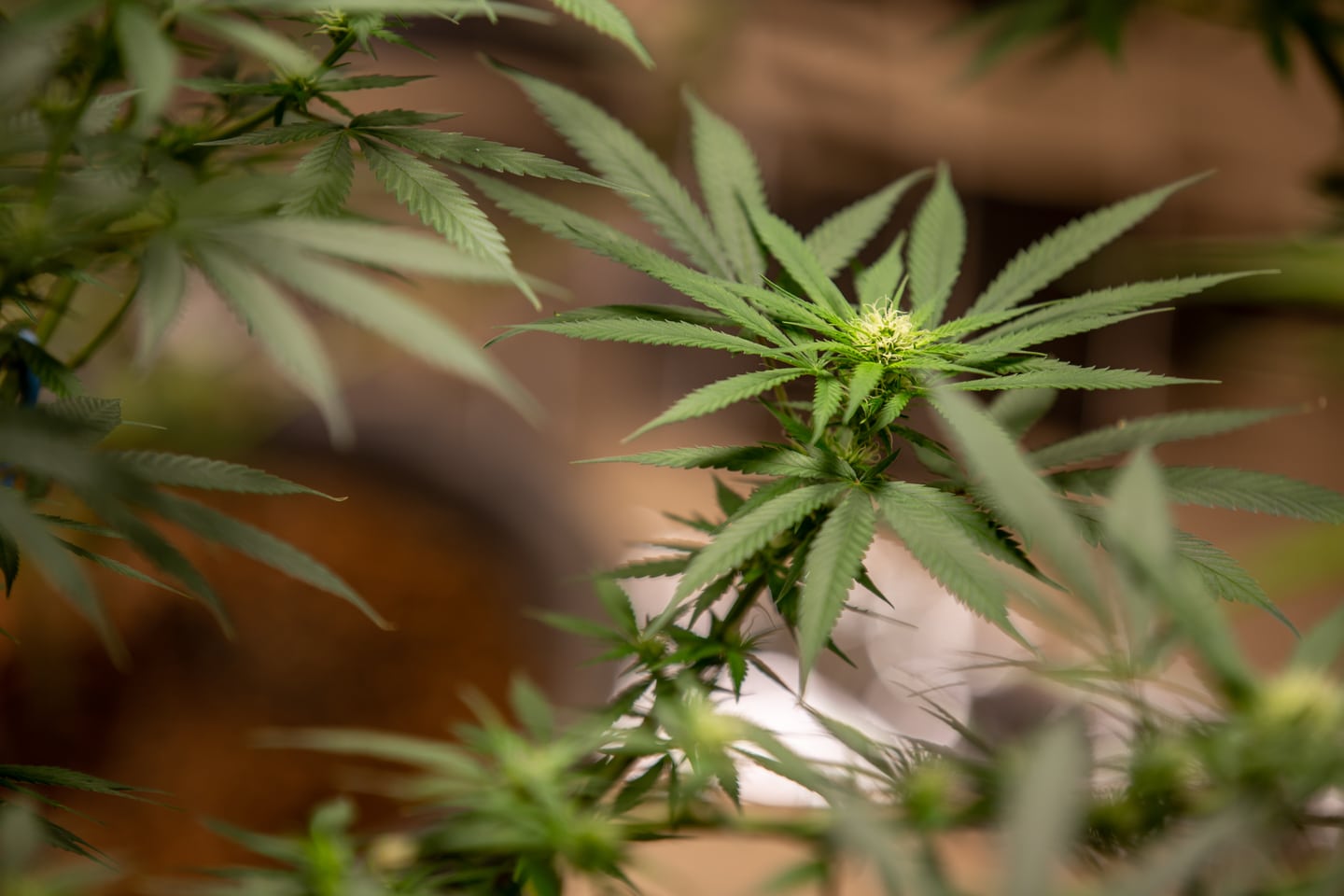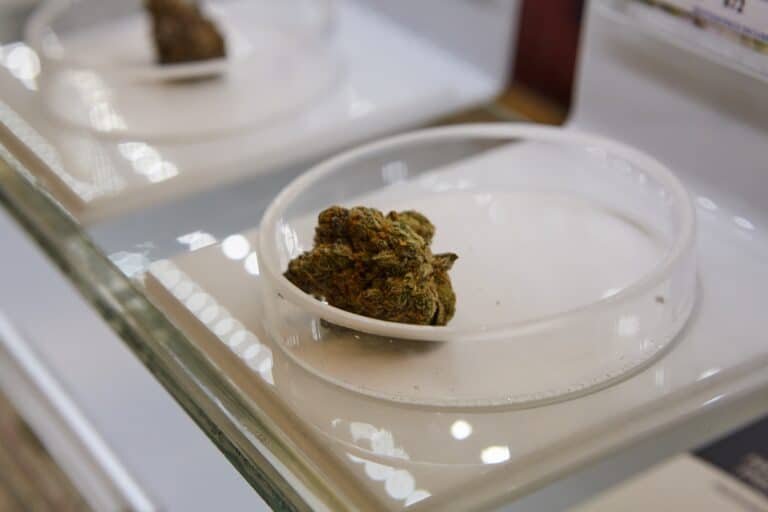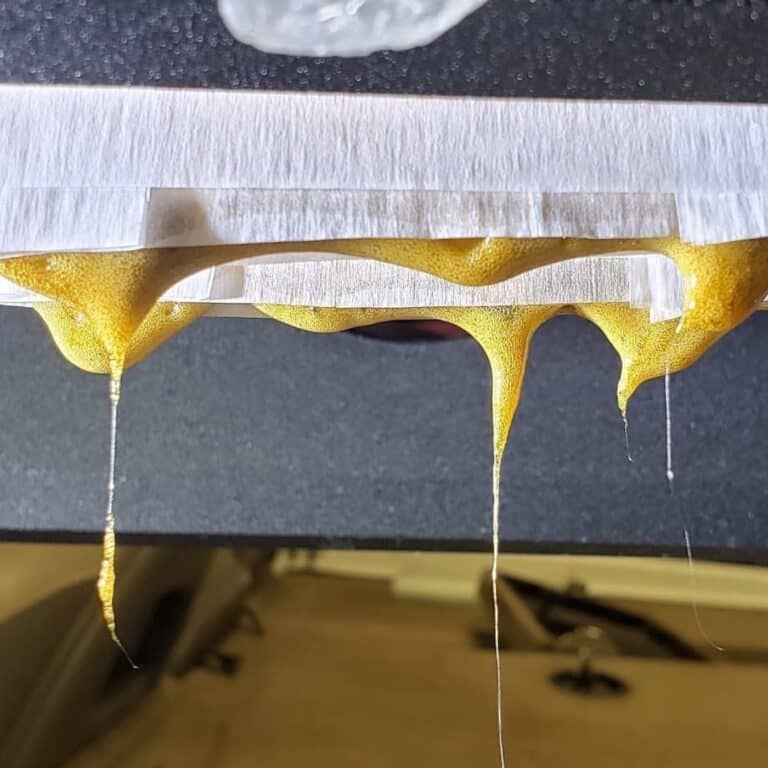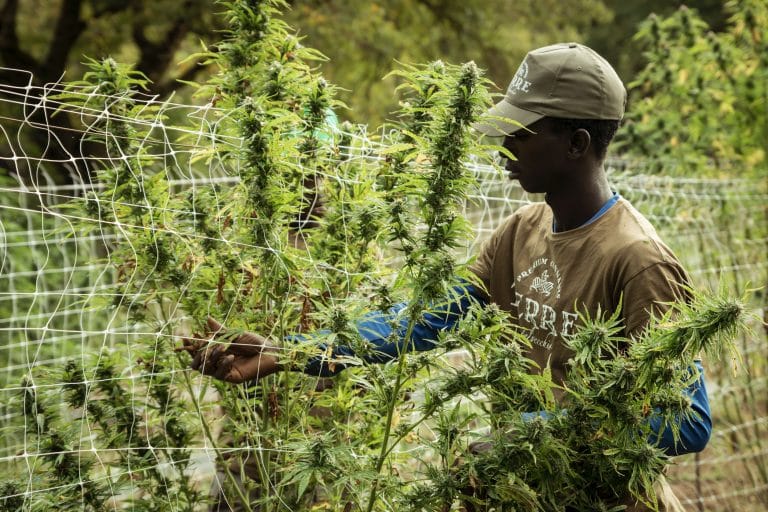Pesticides are substances that are used on foods to protect them from diseases and pests. There are different kinds of pesticides that are used for different reasons. For example:
- herbicides help to control the spread of weeds and
- insecticides help to control insects
Some pesticides are synthetic, and some come from natural sources like bacteria and plants.
Why are pesticides used?
Pesticides are used to keep food crops free from disease, bacteria and insects. Without the help of pesticides, food crops could not grow as easily making some fresh fruits and vegetables less available. Pesticides help to grow more food with less waste. This means food costs are lower because more food is available.
Depending on the stage of growth and the type of pest, pesticides can be used to repel, kill, or inhibit pest growth.
Insects and diseases are difficult to control once they start spreading, as more disease spores are produced and more insects hatch. By using pesticides and insecticides you mitigate this spread. But which are the best, for which stage of plant growth?
When choosing to use pesticides to prevent or treat insects or diseases, it is a good rule of thumb to switch to a different pesticide after three consecutive product applications to reduce the risk of pest acquired resistance. When the label allows tank mixing, make sure to check the product label for pesticides that are not compatible.
Pesticides in propagation
Propagation can be a vulnerable time, as you are bringing in new plants and material. It is a good rule to quarantine any plant material brought in from outside the facility prior to being introduced into the growing room, and to conduct a treatment application against insects, mites and diseases even if you don’t see any pest or related injury. Some insects hide in the soil, other insects and spores from fungal disease are so tiny that they cannot be detected with a hand lens, and some insects like thrips even embed eggs inside the leaf tissues.
Pesticides for mother plants and vegetative states
Proper pest prevention is also achieved by using pesticides to avoid major outbreaks of insects and diseases. It is recommended to apply pesticides at the first signs of pest infestations as small infestations can be more easily controlled than large ones. It is also recommended to conduct the majority of the treatment applications during this growth stage, as plants become more susceptible to phytotoxicity from pesticides and the risk of residue in the final product increases during flowering.
Pesticides for flowering plants
It is common practice to not spray past the second or third week of flowering. If using pesticides during flowering, avoid spraying the blooms using an atomizer, which can help mitigate potential phytotoxicity of the flowers. Treating flowering plants for pests can be more complicated than treating vegetative plants, as plants in bloom are more susceptible to injury from pesticides and there is a greater risk of contamination and/or alteration of the properties of the final product.



